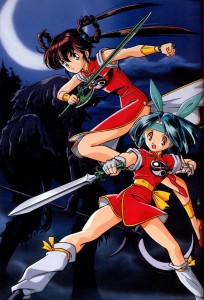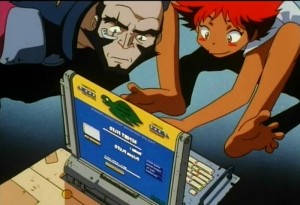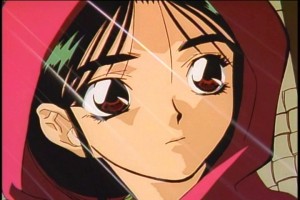 A guest post by Stone Sanchez.
A guest post by Stone Sanchez.
There have been a more than just a few anime that have drawn inspiration from the myths and legends that cultivate our world, some of them are far more popular than most people realized, while still being completely out in the open about their inspirations. One of the biggest names I know of is Dragon Ball Z.
The main protagonist Goku’s Origins stem from a 16th century novel called Journey to the West, written by the novelist Wu Cheng’en about the Monk Xuanzang traveling to the western regions during the Tang dynasty on a mission handed down to him from the Buddha. Goku’s name is a Japanese translation of one of the main characters’ names, Sun Wukong-a boy with a monkey tale that joins Xuanzang in his journeys alongside two more companions. The classic novel is deeply rooted in Chinese mythological and religious basis, which is where Akira Toriyama drew a lot of his influence from in the early days of Dragon Ball; Goku even had similar weaponry to the legendary literary figure, namely a magical poll that was able to get longer or short on command.
Although as the series progressed, a lot of the roots were covered up with a more science fiction type feel with the introduction of fighters from other planets, those roots found in Journey To The West are ever present in the popularized fighting anime and manga.
Japanese Mangaka have drawn from outside inspirations countless times when building their worlds, anime like Mythical Detective Loki Ragnorak, and even Kaleido Star have relied heavily on the cultures that surrounded them to give life to the internal story and conflict that surround the Manga’s and Anime that are crafted at their roots from these stories.
In Mythical Detective Loki Ragnorak, the anime tells the story of Loki, the Norse god, who’s been trapped in modern day Japan and is using a paranormal detective agency to front his hunt for real magic existing in the world so that he can one day return to Asgard, the home of the gods. As the story progresses a very Japanese spin is thrown into classic Norse mythology, like the introduction of Thor-who normally wields the mighty war hammer Mjolnir, instead hefts a Bokuto (a Japanese wooden sword) by the same name.
Kaleido Star finds one of its source roots around the mythological realm of Tarot cards. The show infers a lot of the readings given by the personification of one of those cards, The Fool, for a lot of the situations that spring up in the life of Sora Nagito, a rising star of the theatrical circus, who is one of the few “chosen by the stage” to be able to see The Fool and granted the right to attempt the Legendary Great Maneuver. At a later point in the show, it even delves into astrology and reading the stars to determine the paths of the characters.
There are so many ways that ancient and mythological tales find ways to spring into modern storytelling, even in Anime. These classic tales bring so much to the table whenever they’re implemented and used within the vast scope that this format provides. Just like with old legends and myths that have yet to be discovered, you just have to be willing to look beyond what’s there to see them.
Great Anime: .Hack//Sign, Full Metal Alchemist Brotherhood, Evangelion, Basilisk, Desert Punk, Cyborg 009, Another
* * *
Stone Sanchez is an aspiring professional author who has been active in the writing community for the past two years. Currently Stone is associated with the Superstars Writing Seminars, where he records and manages the production of the seminars. He’s also worked with David Farland by recording his workshops, and is currently the Director of Media Relations for JordanCon, the official Wheel of Time fan convention. Often referred to as the “kid” in a lot of circles, Stone is immensely happy that he can no longer be denied access places due to not being old enough.



